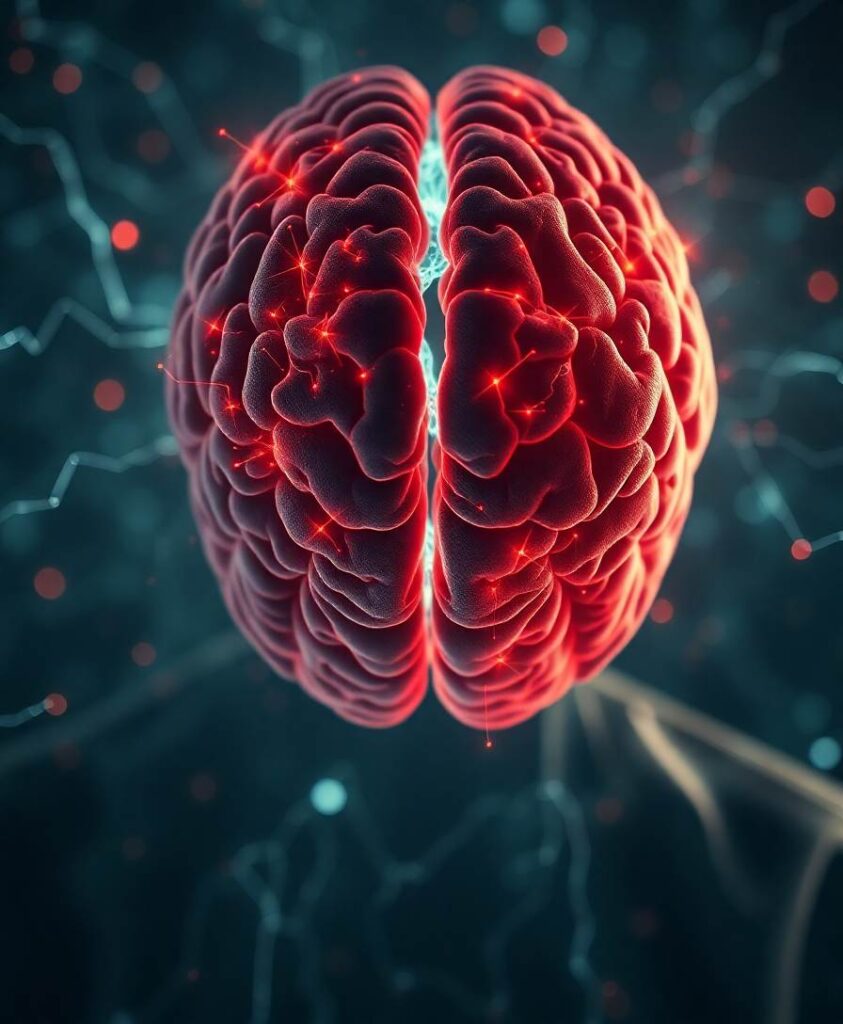The powerful idea of the brain as a network has gradually gained traction over the past 20 years and has evolved into a major concept in neuroscience. According to this perspective, brain functions in general, and cognitive functions in particular, depend on interactions between distributed brain regions operating in large-scale networks [1]. Accordingly, dysfunction of these networks, or brain disconnectivity, has been observed in numerous cognitive disorders [2]. Brain networks (see Glossary) can be captured at the macroscale using electrophysiological and neuroimaging techniques.



